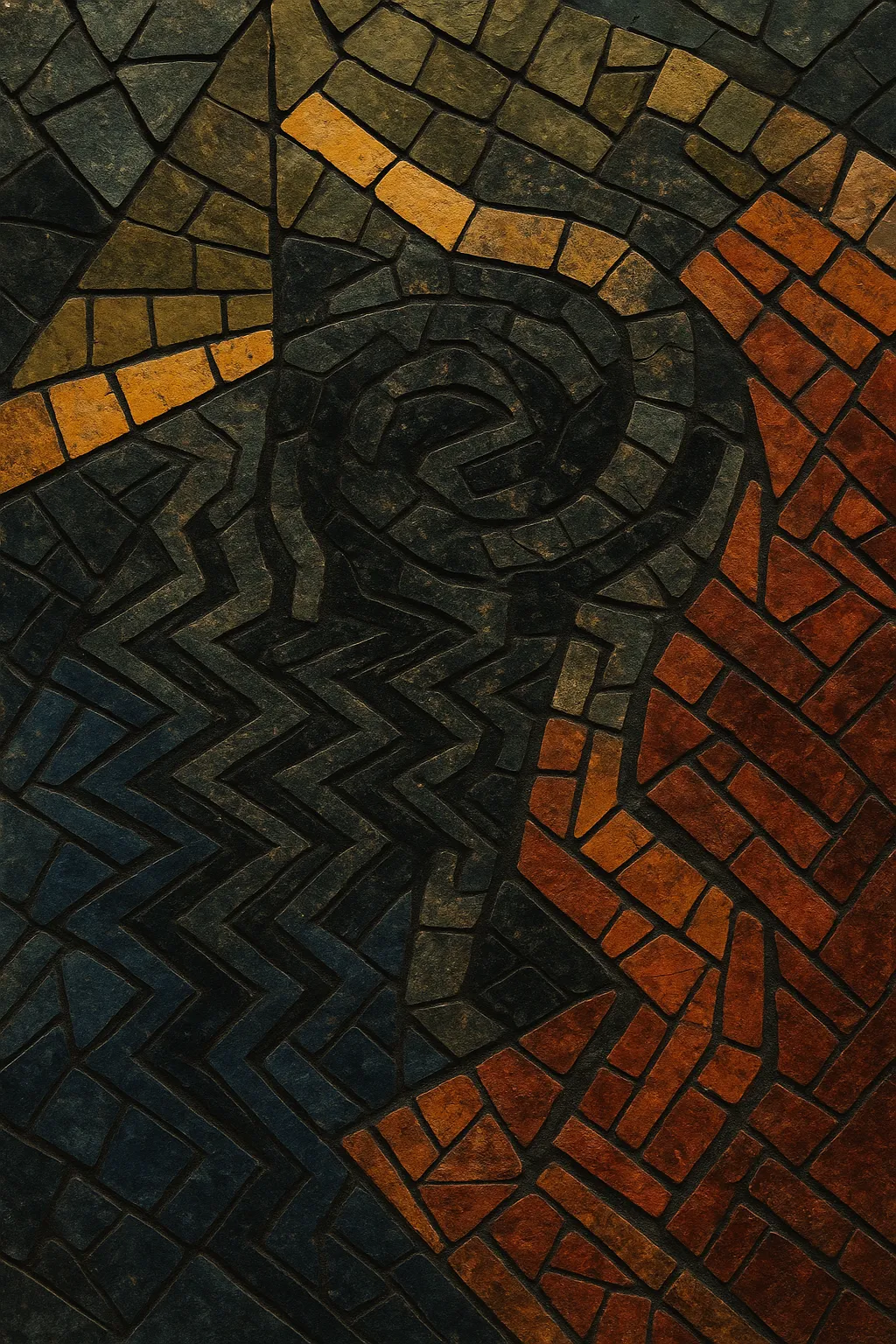Riddim is a minimalist, lurching strain of dubstep that emphasizes repetitive, syncopated bass motifs, a half‑time groove at around 140 BPM, and sparse, punchy drum work. Rather than the cinematic builds and maximal drops common in brostep, riddim focuses on hypnotic repetition, call‑and‑response bass phrases, and sub‑focused sound design that translates well on large sound systems.
The style grew out of UK dubstep’s darker, sound‑system tradition, borrowing the cyclical backbone and versioning ethos of Jamaican reggae/dancehall riddims while retaining dubstep’s half‑time framework. The result is a club‑optimized form built for doubles, triples, and creative DJ phrasing, where momentum comes from groove, texture, and subtle variation rather than melodic development.
Riddim emerged in the early 2010s from the UK dubstep underground, where DJs and producers gravitated toward stripped‑back, loop‑driven bass patterns that hit hard on big rigs. The name nods to Jamaican "riddims"—instrumental rhythm tracks used across multiple vocal cuts—reflecting a similar emphasis on cyclical grooves and versioning. Producers adapted this ethos to dubstep’s half‑time pulse and sub‑bass weight, crafting tracks designed for long blends and layered drops.
SoundCloud and YouTube channels helped define and distribute the sound, enabling a global network of artists and DJs to share tunes, dubplates, and edits. Labels and bass‑focused imprints began folding riddim into their rosters, while club nights and sound‑system events favored its hypnotic, DJ‑friendly structure.
By the late 2010s, riddim was a mainstay across North American and European bass circuits. Its economy of elements—tight sub, modular mid‑bass, and skeletal drums—made it ideal for double‑drops and live mash techniques, fueling a competitive DJ culture that further popularized the style.
The 2020s saw refinements in sound design (cleaner subs, tighter transients) and cross‑pollination with adjacent bass styles. While maintaining its minimalist identity, riddim continues to evolve through experimental sound design, tempo tweaks, and hybrid forms while remaining anchored to the 140 BPM, half‑time foundation.


